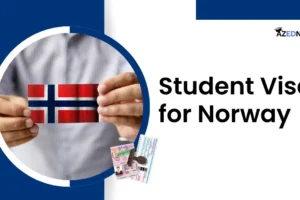Being a student in Qatar is surely going to be an enriching experience. International students have to apply for student visa in Qatar to be able to pursue...
If you want to study in South Korea, you will need a student visa for South Korea. This will let you stay and study in South Korea. This article will discuss...
Are you looking for information on Slovakia Student Visa? then you are on the right article. For those students who want to study on Slovakian territory, the...
If you want to study in Norway, you will need a student visa for Norway. This will let you live, study, and even work part-time in Norway. This article will...
If you are thinking about studying in France for more than three months, you will need a student visa for France. It is like a special permission slip that...
If students plan to study in Slovenia, they will require a Slovenia student visa. Slovenia is a country in central Europe home to various top universities like...
Are you searching for detailed information for an Albania Student Visa? then you are on the right article. Albania is widely popular for being one of the...
Are you a college student on a tight budget, looking for the best tablets for college students on a budget? You’re in the right spot; there’s no...
If you are going to study in Israel, you will need an A/2 Israel Student Visa. This visa lets you enter Israel if you have been accepted into an Israeli school...
If you are thinking about studying abroad, getting a Ukraine student visa is important. Ukraine has become famous lately for students who want to study in...



























